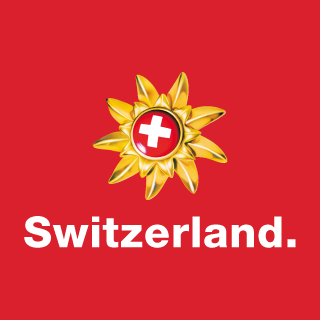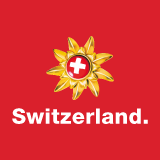Cathedral Treasure Museum, Chur
Overview
Intro
The Cathedral Treasure Museum comprises two groups of objects: The actual cathedral treasure and the cycle of murals depicting death from 1543, both of which are exhibited on two floors and are a source of fascination to visitors of all ages as well as a unique resource for experts. The location of the museum, the baroque Episcopal Castle in Chur, is a cultural monument of national importance and also one of the most important secular buildings in Graubünden.
The cathedral treasure
A cathedral treasure consists primarily of relics. These are usually the remains from a saint’s body or objects that were associated with a saint. One of the oldest forms of veneration of saints is the veneration of their relics. The importance of relics is demonstrated by reliquaries, the precious containers in which relics are housed. In addition to relics, a cathedral treasure also includes other precious objects that have been accumulated over centuries in a cathedral, such as the liturgical utensils used in church services. These include, for example, chalices, jugs for wine and water or incense holders.
The variety of objects belonging to the Chur Cathedral treasure makes it possible to divide the exhibition on the ground floor into different thematic areas. As when traversing a cathedral from west to east, visitors will witness exhibits of increasing significance. Starting in the secular realm, the tour moves on to the history of the diocese of Chur, which is around 1600 years old. In the third section of the cathedral treasury itself, you can see precious the liturgical utensils used in celebrating Mass. Finally, visitors arrive at the highlight of the exhibition, the cathedral’s treasury of relics.
The images of death
The cycle of images of death from 1543 consists of 25 painted panels on a half-timbered wall with three registers. They depict encounters between the living and the figure of death. They take the form of grisailles, i.e. the painter used mainly grey, black and white tones. Animals behind barred arches are depicted in the lower area. The Chur images of death are in the mediaeval tradition of the dance of death. They can be traced back to the woodcut sequence with the images of death after Hans Holbein the Younger and are the first large-format copies of those small prints from the time before 1526. The only image that is not based on Holbein’s work draws on the copperplate etching Knight, Death and Devil from 1513 by Albrecht Dürer. The painted half-timbered wall was originally located on the 1st floor of the Episcopal Castle and separated a narrow corridor from a hall. The date 1543 indicates that Bishop Luzius Iter commissioned the work. Since the half-timbered wall had to be removed for renovation purposes, cabinetmaker Benedikt Hartmann cut it down in 1882 and transferred the individual panels to the Rhaetian Museum. This is where they remained for almost a hundred years.
In 1943, the images of death were restored and placed under federal protection. After a second conservation, which lasted from 1976 to 1981, the panels were moved to a safe location. They are now open to the public again for the first time after the latest conservation efforts. The Chur images of death are an independent work of high artistic quality. Aside from the two depictions of death from around 1520 to 1530 in the Leuk ossuary, this is the oldest surviving cycle in the tradition of the dance of death in Switzerland. With the exception for the scene with the abbess, the cycle is completely intact. The motifs have neither been painted over nor touched up.
Further information is available at Cathedral Treasure Museum
General information
| Season |
All year
|
|---|---|
| Time required |
2 to 4 hours (half day)
|
| Suitable for children with age |
6 to 9 years, 10 to 13 years, 14+ years
|
| Suitable for |
Families, Groups, Individual, Couples
|
| Weather |
Indoor
|
| Category |
Culture, Education
|
Group & pricing information
| Price From |
CHF 8
|
|---|---|
| Further prices (starting from) |
Tours: CHF 150 all-inclusive + reduced entrance fee (CHF 5) per person
|
Contact
Chur Tourismus
Bahnhofstrasse 32
7001
Chur
Switzerland
Phone
+41 (0)81 252 18 18
Fax +41 (0)81 254 58 89
info@churtourismus.ch
churtourismus.ch
Facebook
Show Route







